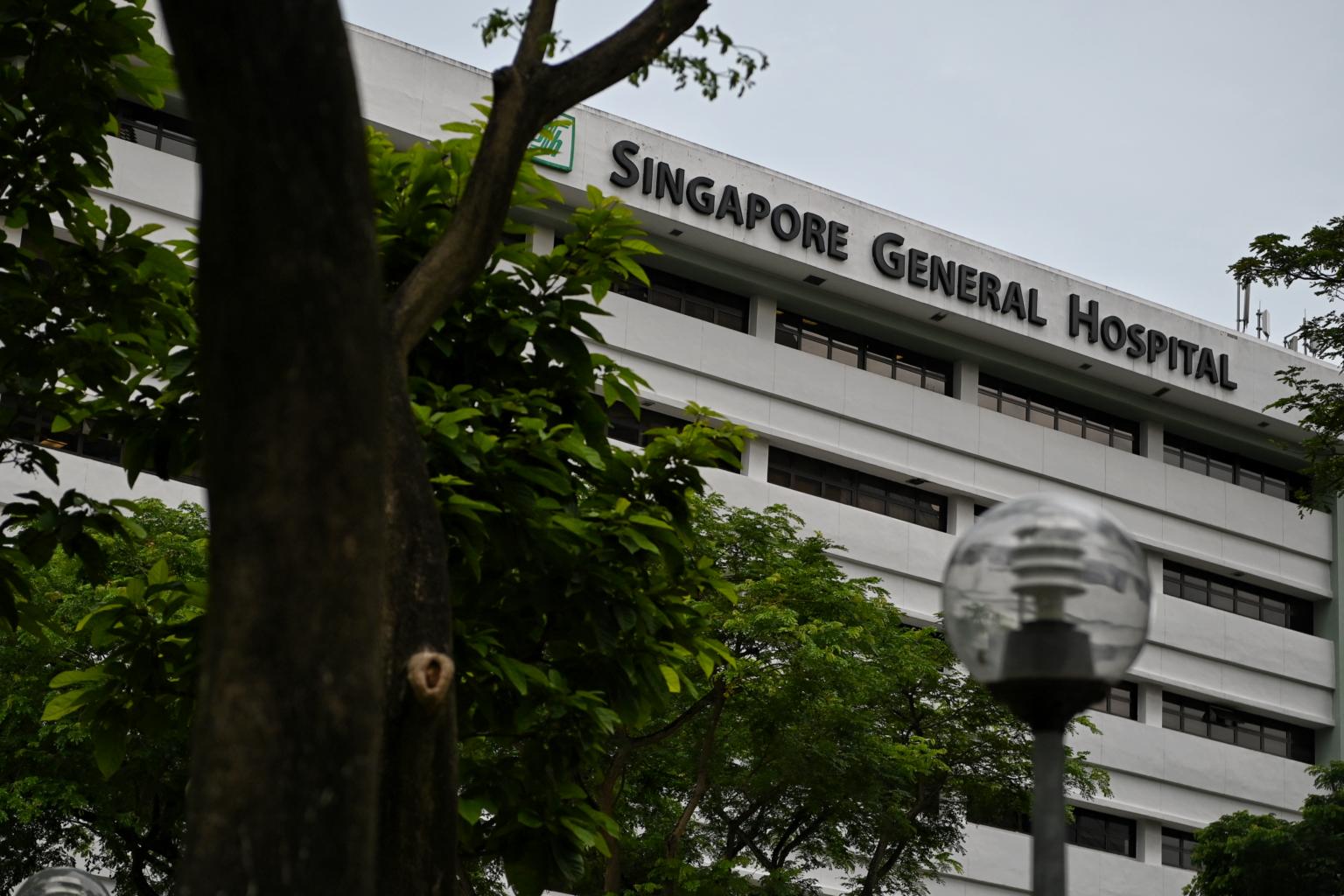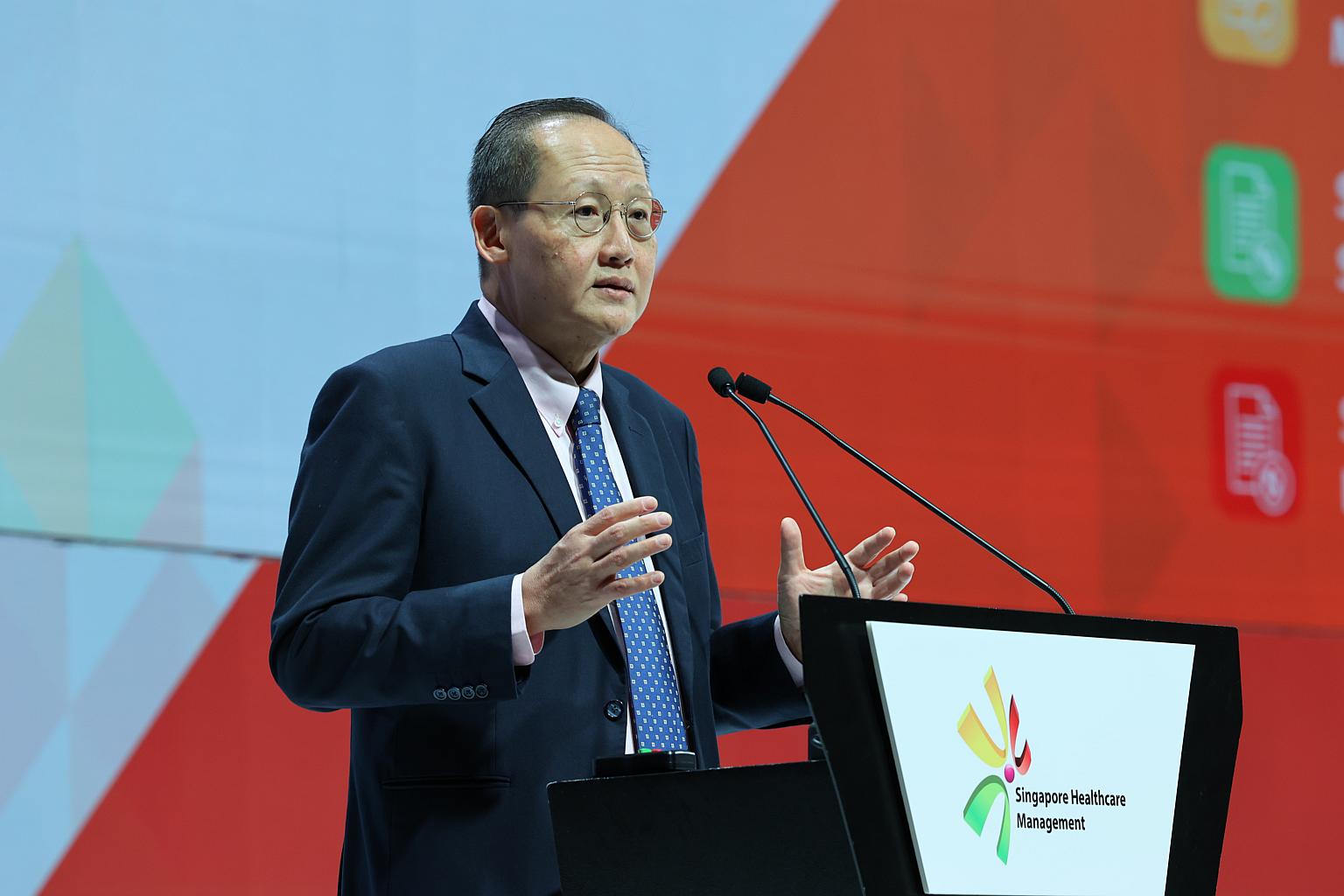Pre-surgery screening saves SingHealth doctors more than 1,400 consultation hours
Sign up now: Get ST's newsletters delivered to your inbox

The electronic system at SGH categorises patients into high- and low-risk groups.
ST PHOTO: KUA CHEE SIONG
Follow topic:
SINGAPORE - An electronic system that screens and categorises patients before surgery has allowed anaesthesiologists at the Singapore General Hospital to devote more time to high-risk patients.
The system saves them about 1,410 hours of consultation over almost a year.
It categorises patients into high- and low-risk groups based on their existing co-morbidities, predicting their suitability for surgery and anaesthesia.
High-risk patients save more than four minutes of consultation time as information from the assessment is available to the doctors beforehand, while low-risk patients need only do a remote screening with a nurse over the phone.
This helped cut the number of consultations done by anaesthesiologists by almost 2,000 between August last year and June this year - equivalent to about 1,410 hours, or more than 58 days - said Manpower Minister Tan See Leng on Tuesday (Aug 16).
"Anaesthesiologists can now devote more time to pre-surgery counselling to ensure health optimisation of high-risk patients, and patients also save time at the pre-surgery assessment."
Associate Professor Hairil Abdullah, a senior consultant with the anaesthesiology department at SGH, said: "It's significant because even though it's four to five minutes per patient, my clinic sees about 100 to 110 patients a day."
The system was one of a number of innovations highlighted by Dr Tan during the Singapore Healthcare Management Congress held at the Sands Expo and Convention Centre on Tuesday.
Another was a system which automates the documentation of ward procedures, such as the dressing of complex wounds, performed by nurses and allied health professionals.
The initiative allows for billing to be done directly and accurately, saving more than 1,700 hours per month.
SingHealth's group chief nurse, Adjunct Associate Professor Tracy Carol Ayre, said the system freed nurses up from performing rote tasks, allowing them to devote more time to direct patient care.
It has been rolled out to all SingHealth institutions since last December, and is expected to include procedures performed by doctors by the end of next year.

Technology and process innovation can optimise the "precious manpower" in the healthcare sector, said Dr Tan.
Healthcare is one of the sectors that have been hard hit by a labour crunch, worsened by the Covid-19 pandemic.
According to the Manpower Ministry's labour report in June, job vacancies in health and social services rose to 7,700 in March, up from 6,500 in December last year.
And earlier this month, Senior Parliamentary Secretary for Health Rahayu Mahzam said in Parliament that the attrition rate among public sector nurses had increased last year, with the attrition among foreign nurses more than doubling to 14.8 per cent.

